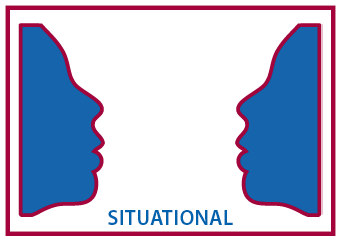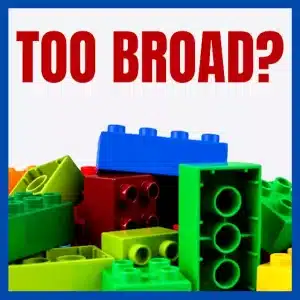
Leadership Situations
Leadership is contextual or situational. And, it begins with being sensitive to the current context. Here’s some situation sensing strategies for super effective leadership.
1 Individuals
As a leader you need to know your team beyond their technical competence. You’ll want to know who they are as people. And, focus on observing the individuals that make the biggest impact on your performance. Develop a network diagram of soft data about these individuals. Record systematically what drives them.
2 Groups
A group is more than the sum of its members. It’sa complex social structure with its own culture, rules and adopted behaviours. Observe any group tensions, mismatches and difficulties. Notice the group balance between tasks (getting things done) and relationships (what holds the team together). Map these relationships. And, remember, diverse groups outperform homogenous ones in the long run.
3 Organisation
It’s much tougher to get a sense of the whole organisation because it’s impossible to see it all at once. This is particularly important for global groups with teams in remote locations. The key strategy is create the bigger picture from a bunch of smaller snapshots. Keep updating this. Listen to different opinions and where possible take a first hand look to decide for yourself.
[Tweet “The three situations every leader must adapt to #leadership”]
Three Skill Sets
- Observe what’s going on – As a leader you will be presented with lots of hard data. You need to fill the gaps with soft data built from your observations. For example, know when morale is low or when complacency needs a kick. Learn to trust your instincts and avoid rushing into action before fully understanding the situation.
- Adjust your behaviour – Noticing what is happening is a waste if you’re not willing to adapt and modify to suit what you see. It’s about being an authentic chameleon – showing a different side of you as the situation demands. For example, know when to create closeness or distance, leverage strengths or reveal weaknesses.
- Change the situation – Leaders are not passive recipients of context. Your role is to transform situations to benefit your followers and fulfil the purpose of the organisation. For example, reframe what is going on to inspire the desired action and response.
[Tweet “Three leadership skills for being sensitive to your context #authentic”]
QUESTION: Which of the three leadership contexts do you prefer? Working with individuals, groups or the organization?
QUESTION: Which of the three skills sets is your strength? Which is your weakness?



